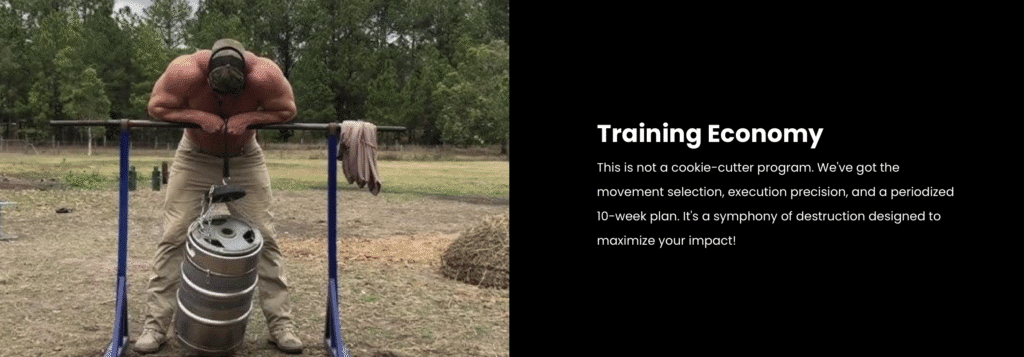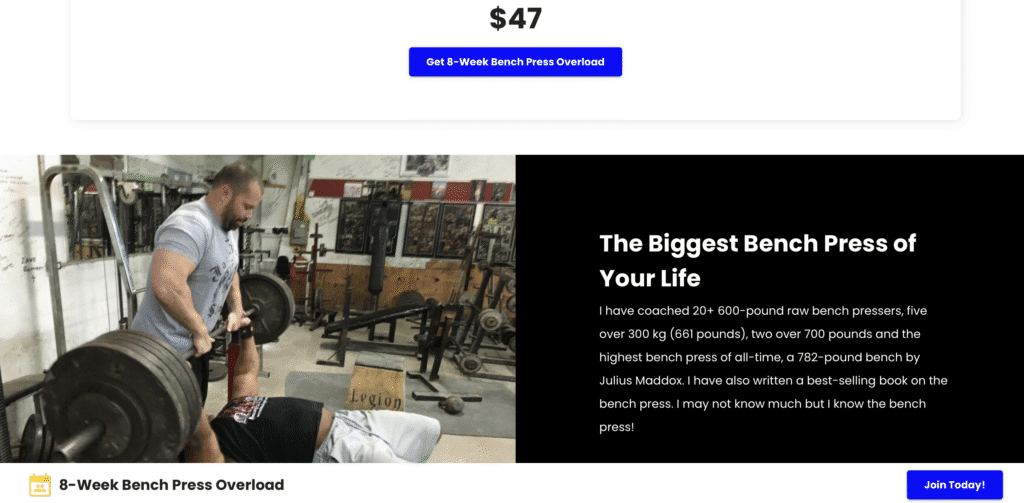My Biggest Mistake: Why Majoring in the Minors Almost Benched My Career
by- Josh Bryant

Josh doing cheat front raises in 2006 at Metroflex Gym
One of the biggest mistakes I ever made in my strength career wasn’t skipping workouts, eating junk, or being lazy. It was the opposite. I worked harder than an ugly stripper but I put my intensity in the wrong place. I majored in the minors.
Let me explain.
Early in my powerlifting career, I was obsessed with assistance lifts. I remember hearing stories of Bill Kazmaier throwing around ridiculous numbers on skullcrushers. I figured, “If Kaz’s triceps were that strong, then I need to hit PRs on skulls too.” It made sense at the time: strong triceps are vital for locking out a big bench. Louie Simmons wasn’t wrong when he said you won’t bench 600 pounds with accessory work numbers that belong to a 400-pound bencher.
So I went all in.
Heavy cheat curls. Skullcrusher max-outs. Arm training that looked more like a bodybuilding show prep than a powerlifting plan. My arms got bigger, no doubt. Some of that carried over. But somewhere along the line, I stopped training to build my bench and started training to build my skullcrusher. That was the slippery slope.
The price?
My elbow. That obsession put me under the knife and set my bench progress back months. To this day, it’s one of the only injuries I’ve ever had in a long training career. And it was completely self-inflicted.
The Role of Assistance Work
Let’s be clear: assistance work is important. Nobody’s arguing against it. Without strong triceps, lats, shoulders, biceps, hamstrings, and upper back, your big lifts will stall. Assistance work is your insurance policy—keeping you balanced, shoring up weak links, and preventing injuries.
But here’s the catch: assistance lifts are not the main event. They’re there to serve the main lift, not replace it. They’re supplements, not steak. Nobody books a table at a steakhouse because the asparagus is world-class.
The goal is always the main lift. If you’re powerlifting, that’s the squat, bench, and deadlift. If you’re a strongman, it’s your contest lifts—log, stones, yoke, farmers. Assistance is the salt and pepper, not the ribeye!

The Spillover Effect
Another mistake lifters make is pushing the wrong quality too far past the point of return. Let’s say you’re a high school defensive lineman squatting 700. That’s impressive. But if your biggest issue on the field is shedding blocks, does another 50 pounds on your squat fix that? No. You need skill work, speed, and agility.
Same with bodybuilding. The GOAT, Ronnie Coleman squatted 800 for a double. Would his legs have looked any different if he squatted 900? Probably not. His adaptations were already maxed for his sport. Past that point, the return is minimal, and the injury risk goes way up.
For speed athletes, strength has a huge spillover up to a point. Get your squat and deadlift to around 2.5 times your bodyweight, and your sprint times will improve. Push much past that, and you’re powerlifting. Which is fine—if that’s your sport. But if your sport is football, sprinting, or MMA, you’re putting chips in the wrong pile.

Why This Happens
Lifters love measurable goals. That’s why it’s tempting to start chasing PRs on assistance lifts. It feels good to set a goal, beat it, and tell yourself you’re progressing. But progress has to be tied to the right target. If your skullcrusher goes up 50 pounds but your bench hasn’t budged, you’re confusing motion with progress.
This is where the discipline comes in: asking yourself, Why am I doing this lift? What adaptation am I chasing? Does it directly support my main objective?
If the answer is yes—good. Keep it in. Progress it. But when the lift becomes the goal in itself, you’ve lost the plot.
My Rules for Assistance Work
Here are some rules I learned the hard way (so you don’t have to):
- Main Lift First. The core lift is always the first priority in the session. Assistance comes after.
- Perfect Technique. On assistance, don’t just move weight from A to B. Lock in the muscle you’re targeting, use controlled form, and build structural integrity.
- Know the Spillover. More isn’t always better. Past a certain point, extra weight on an assistance lift doesn’t carry over and just ups injury risk.
- Chase Adaptation, Not Ego. Assistance is a means to an end, not the end itself. PRs on curls don’t matter if your deadlift is stuck in neutral.
- Respect Recovery. Piling on endless assistance work eats up recovery capacity. If it hurts your main lift progress, you’re missing the forest for the trees.
Become Physically Fortified HERE.
Bringing It All Together
In powerlifting—or any strength pursuit—the temptation to major in the minors is real. It’s easy to get caught up in chasing assistance PRs, thinking you’re making progress, when in reality, you’re walking in circles. I did it myself, and it cost me an elbow surgery and months of bench progress.
Here’s the bottom line: keep the main thing the main thing. Assistance work supports the core lifts, not the other way around. Respect the hierarchy, and you’ll build strength that lasts a lifetime. Ignore it, and you’ll end up like I did—big arms, a busted elbow, and stalled progress.
Don’t make that mistake. Train smart. Build strength with purpose. And remember: no one brags about the asparagus.
Train with purpose. Build strength with one of my plans.
👉 JoshStrength Programs
